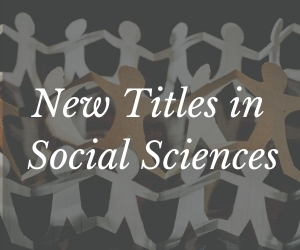System Upgrade on Tue, May 28th, 2024 at 2am (EDT)
Existing users will be able to log into the site and access content. However, E-commerce and registration of new users may not be available for up to 12 hours.For online purchase, please visit us again. Contact us at customercare@wspc.com for any enquiries.
This book is concerned with cheating in Science and the harm that it does, concentrating on three disasters in cell culture, which caused international concern and personal tragedy for the perpetrators. There is an overview of plant, animal and human cheating, providing a background to the focus on Science. This demands a special form of truth in that claims need to be substantiated by repetition in independent laboratories to confirm that the claims work. The nature of originality is examined in art and Science.
An attempt has been made to determine the background and motives for cheating in Science in the certain knowledge that it will be unmasked leading to scandal.
Advice is given to the young Scientist and suggestions have been made as to how fraud in Science could be reduced by more regulated supervision. There is a need to revise the regulations and assessment of claims of originality and the whole review process of journals to avoid publishing fake data.
This text is unusual in focusing on three well-documented cases. The data should not have been published in high impact journals if more rigorous review had been made. Journals should require independent repetition of claims that seem to be "too good to be true". This little book should be of considerable interest to young scientists, historians of science and editors of scientific journals. The general reader might find it fascinating to learn how science works or does not work.
Sample Chapter(s)
Foreword
Chapter 1: Introduction
- Acknowledgment
- Foreword
- Introduction
- Faking in Plants and Animals
- Cheating in Human Society
- The Unverifiable Beliefs which Underpin the Organization of Human Societies
- Why Science must be a Verifiable Truth
- Three Cases of Corruption Involving Tissue and Cell Culture
- Common Characteristics of Scientific Fraudsters
- Originality and Genius
- Problems Facing the Discipline of Science
- The Problems Facing Young Scientists
- What Can be Done? — A Few Suggestions as to How Cheating in Science Might be Curtailed
Readership: Young scientists, historians of science, editors of scientific journals, lay readers.


























